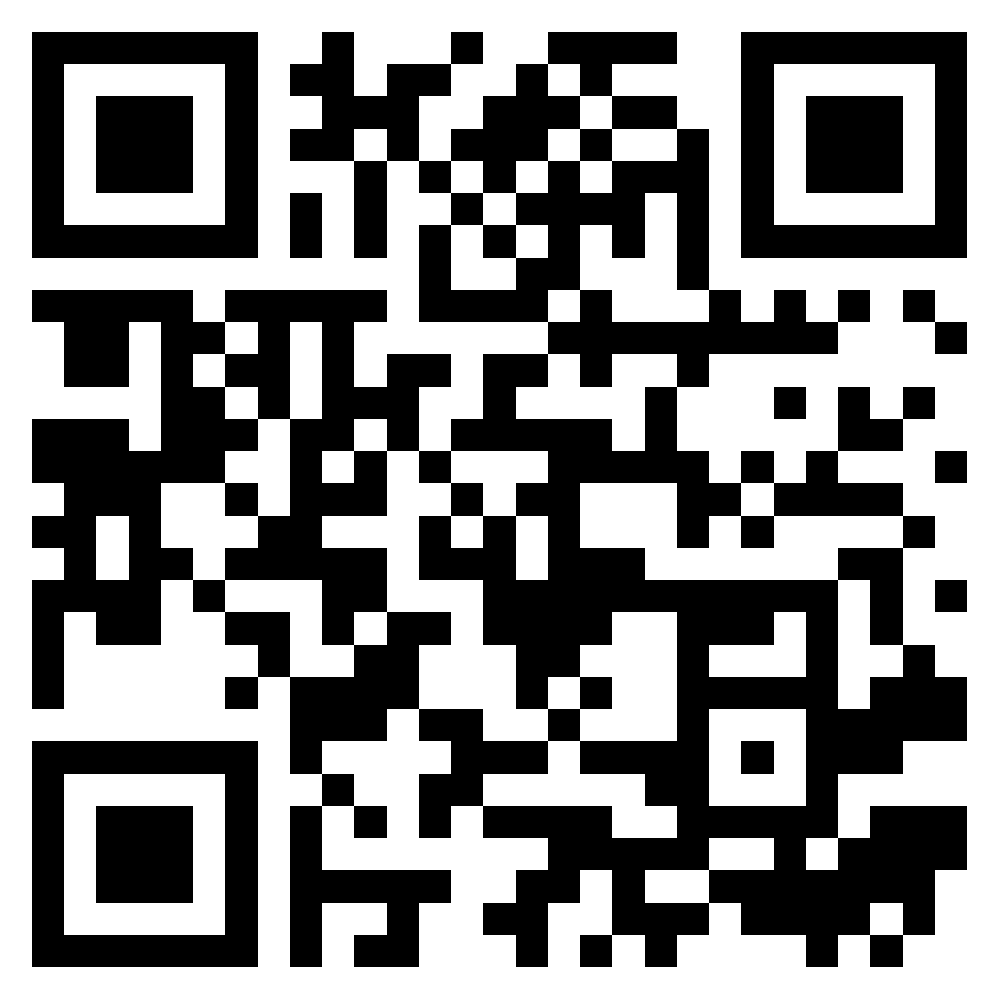If you’re planning a trip to South Korea in 2025, staying connected is no longer just a convenience, it’s a necessity. From navigating Seoul’s bustling streets to translating menus in Busan or catching high-speed trains across the country, having fast, reliable internet access will transform your travel experience. Traditional SIM cards are quickly becoming outdated, especially when you can activate a mobile plan instantly with an eSIM. Whether you’re a first-time visitor or a seasoned traveler exploring multiple countries in Asia, this guide will help you find the best eSIM for South Korea that matches your phone, your budget, and the number of days you’ll spend in the country.

What is an eSIM?
An eSIM (embedded SIM) is a digital version of the traditional SIM card. Unlike the physical SIM, it’s built directly into your smartphone or tablet. You don’t need to insert anything, just scan a QR code, download your profile, and you’re connected. For travelers, this means no more fumbling with tiny plastic cards or searching for SIM vendors at the airport.
Learn more about the difference between an eSIM and a physical SIM.
Why use an eSIM in South Korea?
Korea’s telecom infrastructure is among the fastest and most reliable in the world. Choosing an eSIM allows travelers to activate their data plan before arriving, so connectivity begins the moment their plane lands. eSIMs are especially convenient for tourists who want to use maps, translation apps, ride-hailing services, or social media without interruption. They’re also great for business travelers who need secure and stable internet on the go. And for anyone who relies on data throughout the day, every day of their trip, an eSIM is the most seamless solution.
Using an eSIM means you can leave your physical SIM card untouched. This is particularly useful if you want to keep your home number active for calls or two-factor authentication while abroad. For frequent travelers who move between multiple countries, eSIMs offer faster switching, greater flexibility, and fewer technical issues compared to traditional SIM cards.
Device compatibility
Does your phone support eSIM?
Before you get started with an eSIM, make sure your device supports it. Most flagship phones released since 2019 are eSIM-compatible. iPhones starting from XR, Google Pixel models from version 4 and above, and Samsung Galaxy S20 and newer all support eSIM.
How to check your device?
To check manually:
- On iPhone: Go to Settings > Cellular > Add Cellular Plan. If you see the option to scan a QR code, your phone is ready.
- On Android: Navigate to Settings > Network & Internet > SIMs or Mobile Network. If your phone supports eSIM, you’ll see the option to add one.
Make sure your phone is unlocked and supports LTE or 5G networks in South Korea. Many frequent travelers and professionals use dual-SIM phones to manage both business and personal lines, making eSIM activation a simple add-on.
👉 Check out our full guide on how to check eSIM compatibility on Android and other compatible devices before choosing your plan.
Top eSIM providers in South Korea
Saily – best overall experience
Saily offers one of the most seamless user experiences for Korea eSIMs. With robust coverage over the SK Telecom and KT networks, Saily ensures high-speed 4G/5G connectivity wherever you travel. It’s an excellent choice for those needing unlimited data without compromising on performance. The installation process is quick and user-friendly, even for first-time eSIM users. Whether you’re staying for 7 days or 30 days, Saily provides dependable service throughout your trip in South Korea.
Airalo – best for budget-conscious travelers
Airalo remains a favorite among backpackers and short-term visitors. With entry-level plans starting from just a few dollars, Airalo makes it easy to stay connected without overspending. Their Korea-specific eSIMs offer decent speeds and fair coverage, enough for everyday travel needs. Setup is intuitive via the dedicated Airalo app, and top-ups are available if you run out of data. If you’re spending just a few days in South Korea and want a reliable yet cost-effective option, Airalo is definitely worth considering.
Jetpac – best for multi-country travel
If South Korea is one stop on a broader Asian tour, JetPac is your go-to option. Their regional eSIMs cover countries like Japan, Thailand, Vietnam, and more. Instead of switching SIMs or installing multiple profiles, JetPac lets you stay connected across borders with one single plan. Speeds are impressive, and their packages are ideal for digital nomads or travelers exploring Asia for several days across multiple countries. It’s also a strong choice for professionals moving between business hubs in different regions.
Alosim – best for voice and sms
Not all eSIMs include the ability to make calls or send SMS, but aloSIM does. This is a major advantage for travelers who need a Korean number, for example, to book appointments, access apps that require local numbers, or receive OTPs. aloSIM’s plans combine talk, text, and reliable data coverage, making them a versatile choice for visitors. Their customer service is also well-reviewed, which is especially helpful if you encounter technical issues while on the road.
Nomad – best for simplicity
Nomad’s strength lies in its ease of use. You can browse, purchase, and activate your eSIM in just a few minutes. Their plans are affordable, and the Nomad mobile app is simple and streamlined. Nomad provides consistent 4G/5G coverage across South Korea, making it a dependable choice for short vacations or business trips lasting a few days to several weeks.
Comparing eSIM plans
To help you choose the right plan based on your needs, here’s a side-by-side comparison of key providers, focusing on coverage, pricing, duration (in days), and additional features:
| Provider | Data Options | Duration (days) | Coverage | Voice/SMS | App Usability | Price Range |
|---|---|---|---|---|---|---|
| Saily | Unlimited | 7–30 | SKT/KT | Optional | Excellent | $$–$$$ |
| Airalo | 1–20 GB | 7–30 | KT | No | Very Good | $–$$ |
| JetPac | 3–15 GB | 7–30 | Multi-country | No | Good | $$–$$$ |
| aloSIM | 1–10 GB | 7–30 | LG U+ | Yes | Excellent | $$ |
| Nomad | 1–20 GB | 7–30 | KT | No | Excellent | $–$$ |
Unlimited vs. fixed data
Unlimited plans are ideal if you’re a heavy data user, streaming videos, using GPS constantly, or uploading high-res photos. However, some so-called “unlimited” plans may include fair usage policies that reduce speed after a certain threshold. Fixed data plans are usually cheaper and better suited for travelers with light or moderate needs, especially during short trips of just a few days.
Short trips vs. long stays
If you’re staying for only a few days, a 3–5GB plan from Airalo or Nomad might be sufficient. For longer stays (15–30 days), consider providers like Saily or JetPac, which deliver better data-per-dollar ratios and more flexibility with plan extensions or top-ups. Business travelers, corporate users, and leisure tourists alike will appreciate that these eSIM plans adapt to different types of journeys. Whether you’re visiting multiple countries in Asia or focusing solely on South Korea, flexibility remains the key factor.

Other considerations when choosing an eSIM
Network coverage and speed
Not all networks offer the same quality in every region. In South Korea, the main carriers, SK Telecom, KT, and LG U+, provide excellent nationwide coverage. However, some areas like remote countryside or mountainous zones may still experience variations in signal strength. It’s important to select an eSIM provider that partners with strong carriers for consistent speed and reliability. This is particularly relevant if you’re depending on your phone for car navigation or remote work tasks.
Customer support and app quality
A great eSIM experience is backed by responsive customer support. Providers like Saily, aloSIM, and Nomad offer solid in-app assistance, quick email replies, and comprehensive setup tutorials. This support can be essential if something goes wrong during your journey.
Voice and SMS features
Not every eSIM comes with voice capabilities. If you’re planning to stay for more than a few days and require a local phone number, opt for aloSIM or explore Saily’s advanced plans. For short stays, using VoIP apps will usually cover your calling and messaging needs without extra costs.
How to buy and activate an eSIM?
Where to buy
You can purchase your eSIM directly from:
- Provider websites or apps (Airalo, Nomad, JetPac, etc.)
- esimseeker.com, a powerful comparison tool
Activation steps
- Choose your provider and plan
- Pay online and receive a QR code or activation code
- Open your device settings and scan the QR code
- Set the eSIM as your default data line
- Enable roaming
- Restart your phone and enjoy instant connectivity
🆘 Not sure how? Follow our step-by-step tutorial on how to activate an eSIM.
Timing
Buy your eSIM before departure, and set the activation date to the day you arrive. This will ensure your device is ready to connect as soon as you land. Whether you’re planning to travel alone or as part of a CLS tour group, eSIMs remove unnecessary stress.
Calling and messaging in Korea with eSIM
Using VoIP apps
With a data-only eSIM, you can still use apps like WhatsApp, FaceTime, Viber, and Skype for messaging and calls. These are widely used in South Korea and work well thanks to the country’s excellent mobile infrastructure.
Getting a Korean number
For business purposes or long stays, having a Korean phone number is helpful. aloSIM and Saily offer plans with Korean numbers, allowing access to more services such as online banking, car rental platforms, or food delivery apps.
Receiving verification codes
Some apps and services — especially local Korean ones — require a mobile number for account creation. If you’re planning to sign up for car sharing, local e-commerce, or memberships, an eSIM with voice/SMS capability will make the process easier.
Alternatives to eSIMs in Korea
Physical SIM cards
Still available at major airports and telecom shops. Brands like KT and SKT offer tourist SIMs with various data packages. However, you’ll need to insert the SIM manually, carry your passport for registration, and potentially wait in line.
Pocket Wi-Fi devices
A practical solution for families or groups traveling with multiple devices. Portable Wi-Fi routers are available for rent, but they add bulk and must be returned before leaving. For solo travelers or light users, they are less convenient than eSIMs.
Roaming with your home carrier
International roaming is often the most expensive option and not recommended unless your plan includes discounted roaming in South Korea. Even then, speeds can be slower and data may be capped.
Which eSIM should you choose?
Choosing the best eSIM for South Korea in 2025 depends on your travel style, number of days, and device:
- For maximum flexibility and excellent service, go for Saily
- For budget-minded travelers staying just a few days, Airalo is a solid choice
- For multi-country trips, JetPac offers strong regional coverage
- If you need a Korean number for calls or verifications, choose aloSIM
- For simplicity and fast setup, Nomad is highly dependable
No matter your choice, eSIMs provide the easiest, most modern way to stay connected in South Korea. Whether you’re managing business across countries or enjoying a personal adventure, the right data plan will enhance your entire travel experience.
🔗 Explore more eSIM guides
- 📖 What is an eSIM?
- 📱 Check device compatibility
- ⚙️ How to activate your eSIM
- 🌏 Best eSIM for international travel
- 🧭 How to convert a SIM to eSIM
Other articles
-
-
30 September 2025
-
5 September 2025



